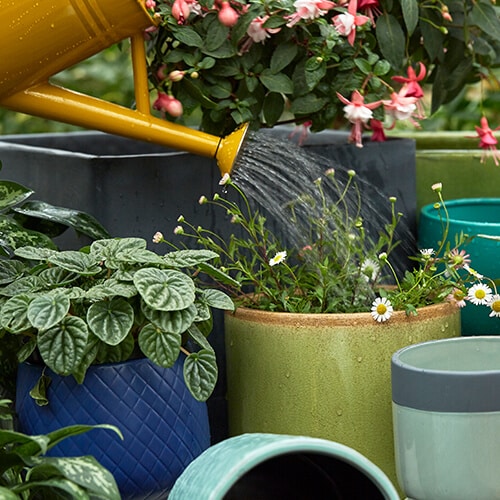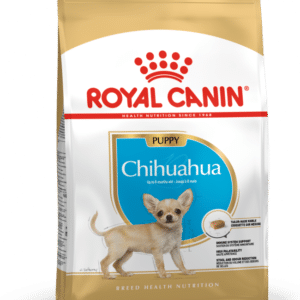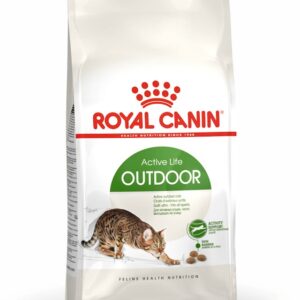How to save water with container gardening
DIY and how-to

With a smaller surface area for water loss and evaporation, container gardening is a growing trend and one of the best ways to save water in the garden. Pot plants are also versatile – they’re the perfect solution to transforming smaller, concrete outdoor areas into a green retreat, or to add height and form borders in bigger gardens.
Here are our 11 container garden ideas to save water when planting in pots:
1. Make use of water-saving devices.
Fill a 2-litre cool drink bottle with water, close it, then pierce a small hole in the lid and place it neck-down into the soil of your plant containers. This system will trickle water into your planter and prevent waste or over-watering.
2. Place trays at the bottom of your pot plants.
Trays will collect any water that is not immediately absorbed for the plant to draw in later, or to collect and re-water the plants. Reuse old saucers, in place of trays, for smaller pot plants.
3. Add moisture-holding ingredients.
Mix Aquasoil into your potting mix to retain moisture for longer, reducing the need for frequent watering.
4. Enrich your soil with nutrients.
Nutrient-rich soil requires less moisture. Mix organic matter such as compost, worm castings and minerals into the soil of your garden pots and containers for a nutrient boost.
5. Give your plants a double mulching.
Add a feeding mulch, such as pea straw, and a second layer of mulch, such as pebbles or gravel, to prevent moisture evaporating from the soil surface.
6. Grow short-season crops.
Rocket, lettuce, radish, baby spinach and spring onion all mature fast and therefore do not require too much water over their lifetime.
7. Use fewer, bigger containers.
Combine plants with similar water needs together in one, large pot, so they can be watered all at once.
8. Consider pot positioning.
Place hanging pots above other pots to allow water to drip down, reducing waste.
9. Prune plants regularly.
Much of a plant’s moisture is lost through its leaves, so be sure to prune your plants regularly, according to their needs.
10. Only water plants when the first few inches of soil dry out.
It also helps to water plants early in the morning when the temperature is cooler to prevent water from evaporating too quickly.
11. Use plant containers that are made from non-porous materials.
Glazed ceramic, fibreglass, fibrestone, resin or metal are all great options to save water.
You might also like
Shop online
-
- Sale!
CHIHUAHUA JUNIOR 1.5KG
- Original price was: R314.99.R251.99Current price is: R251.99.
- Add to cart Learn More
-
PURE LAWN 100ML
- R99.99
- Add to cart Learn More
-
- Sale!
OUTDOOR 2KG OR 4KG
- R367.99 – R631.19
- Select options This product has multiple variants. The options may be chosen on the product page Learn More




